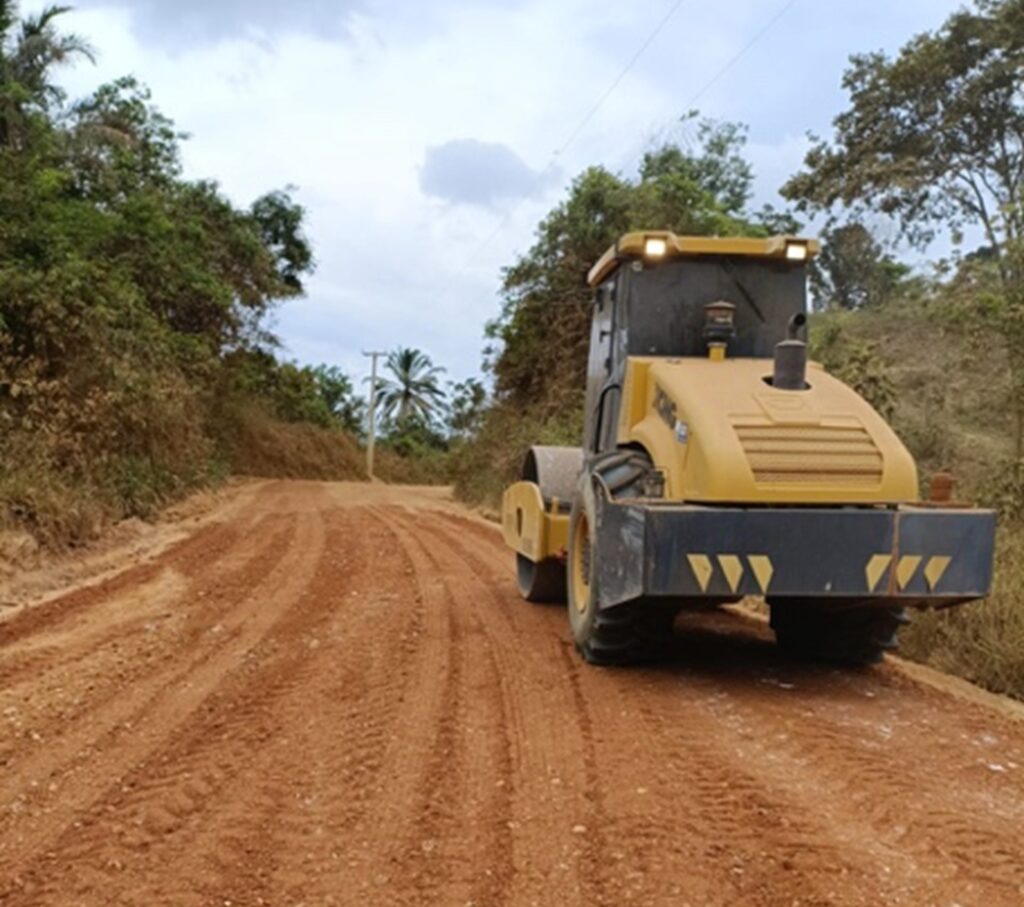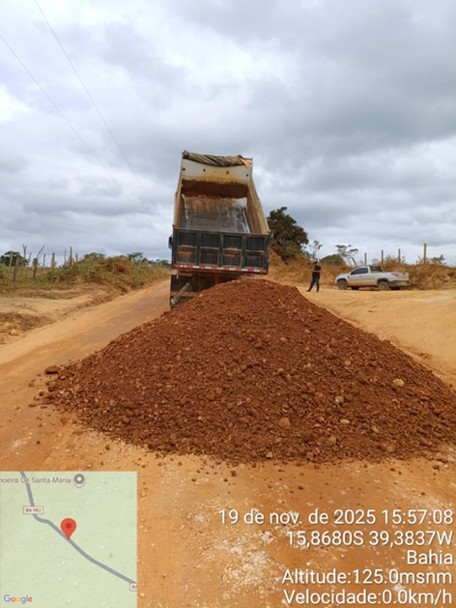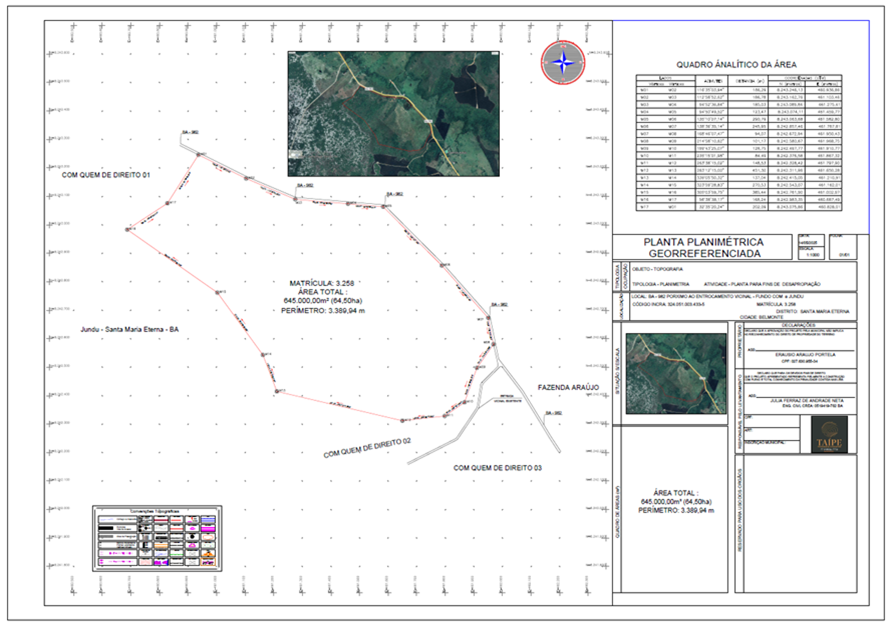Vancouver, B.C.: Homerun Resources Inc. (“Homerun” or the “Company”) (TSXV: HMR) is pleased to announce that it has received results from a sampling and mapping program on its Tatooine Silica Project, located near Brisco, British Columbia, Canada.
Results from the program identified two new distinct, structurally repeated units of the Mount Wilson Quartzite Formation, one of which measures 170 metres in thickness and at least 300 metres along strike, with an average grade of 98.8% SiO2 from outcrop sampling. These newly identified quartzite units lie to the east of the existing Brisco Pit, which historically produced a total of 62,450 tonnes of quartzite silica.
Southeast Discovery Zone (Range Zone)
A white, highly pure quartzite bed of the Mount Wilson Formation was mapped to be 170 metres thick, striking 315-320° (NW) and dipping steeply between 82-86°. Outcrop exposure is exceptional, with mapped outcrop areas measuring from 5 metres to over 100 metres in diameter and ranging from very hard on fresh surfaces to moderately friable in areas of more intense weathering. Assays are shown in Figures 1 & 2 and Table 1.
Contacts mapped along the road at the bottom of the valley confirm the thickness of the quartzite bed to be approximately 170 metres, bounded to the southwest by dolomite and to the northeast by shale. Strike extent has been confirmed uphill to the northwest to be at least 300 metres, with the unit clearly continuing towards the top of the mountain, a distance of approximately 1.5 kilometres from the edge of the confirmed zone. Mapping was not conducted on the southeastern side of the valley, but based on field observations and satellite imagery, the unit appears to continue onward to the southeast.
Out of 28 outcrop samples taken over a 300m x 170m area within the newly discovered zone, 27 samples yielded an average of 98.80% SiO2, with a range of 97.56% to 99.19% SiO2. 24 out of 27 samples yielded greater than 98.56% SiO2.*
Figure 1. Southeast Discovery Zone (Range Zone) – Outcrop Sampling – SiO2%

Figure 2. Southeast Discovery Zone (Range Zone) – Outcrop Sampling Locations

Table 1. Southeast Discovery Zone (Range Zone) – Outcrop Samples
| Sample ID | SiO2 (%) | Fe2O3 (%) | CaO (%) | Al2O3 (%) | TiO2 (%) | MgO (%) | P2O5 (%) | B (ppm) |
| 250651 | 97.56 | 0.32 | 0.59 | 0.29 | 0.02 | 0.05 | <0.01 | 17 |
| 250652 | 98.87 | 0.29 | 0.08 | 0.15 | 0.01 | 0.02 | 0.01 | 12 |
| 250667 | 97.98 | 0.35 | 0.02 | 0.60 | 0.03 | 0.10 | 0.01 | 36 |
| 250668 | 99.02 | 0.32 | 0.01 | 0.16 | 0.01 | 0.03 | <0.01 | 14 |
| 250669 | 98.95 | 0.33 | 0.02 | 0.19 | 0.01 | 0.04 | <0.01 | 17 |
| 250670 | 98.80 | 0.38 | 0.02 | 0.25 | 0.02 | 0.05 | <0.01 | 19 |
| 250671 | 99.06 | 0.33 | <0.01 | 0.13 | <0.01 | 0.02 | <0.01 | 18 |
| 250672 | 98.88 | 0.35 | <0.01 | 0.17 | 0.01 | 0.03 | <0.01 | 15 |
| 250673 | 98.96 | 0.32 | <0.01 | 0.14 | 0.01 | 0.03 | <0.01 | 19 |
| 250674 | 99.10 | 0.31 | <0.01 | 0.10 | 0.01 | 0.02 | 0.01 | 12 |
| 250675 | 98.82 | 0.37 | 0.13 | 0.05 | <0.01 | <0.01 | 0.10 | 11 |
| 250676 | 99.00 | 0.34 | <0.01 | 0.16 | 0.01 | 0.02 | <0.01 | 16 |
| 250677 | 98.96 | 0.32 | 0.02 | 0.11 | 0.01 | 0.01 | 0.02 | 12 |
| 250678 | 98.56 | 0.44 | 0.20 | 0.10 | 0.01 | 0.02 | 0.13 | 16 |
| 250679 | 98.84 | 0.37 | 0.07 | 0.17 | 0.01 | 0.02 | 0.05 | 8 |
| 250680 | 98.86 | 0.34 | <0.01 | 0.24 | 0.01 | 0.04 | <0.01 | 14 |
| 250681 | 99.11 | 0.34 | <0.01 | 0.14 | 0.01 | 0.02 | 0.01 | 14 |
| 250682 | 99.15 | 0.33 | <0.01 | 0.12 | <0.01 | 0.02 | <0.01 | 8 |
| 250683 | 99.02 | 0.33 | <0.01 | 0.14 | 0.01 | 0.02 | <0.01 | 8 |
| 250684 | 97.89 | 0.31 | 0.62 | 0.17 | 0.01 | 0.03 | 0.01 | 10 |
| 250685 | 99.02 | 0.38 | <0.01 | 0.17 | 0.01 | 0.03 | <0.01 | 9 |
| 250686 | 98.67 | 0.76 | <0.01 | 0.15 | 0.01 | 0.03 | <0.01 | 7 |
| 250687 | 98.92 | 0.43 | <0.01 | 0.14 | 0.01 | 0.02 | 0.01 | 8 |
| 250688 | 99.06 | 0.33 | <0.01 | 0.18 | 0.01 | 0.03 | <0.01 | 10 |
| 250689 | 98.67 | 0.35 | <0.01 | 0.29 | 0.02 | 0.04 | 0.01 | 14 |
| 250690 | 98.72 | 0.33 | <0.01 | 0.27 | 0.01 | 0.04 | <0.01 | 14 |
| 250691 | 99.19 | 0.34 | <0.01 | 0.09 | <0.01 | 0.01 | <0.01 | 7 |
Additionally, from the 27 samples the following average values were returned: 0.36% Fe2O3, 0.07% CaO, 0.18% Al2O3, 0.01% TiO2, 0.03% MgO, 0.01% P2O5, and 14ppm boron. *
The single remaining lower grade sample was taken at the northeastern contact of the silica unit with a shale unit and likely represents a mixture of quartzite and shale.
Metallurgical Testing
Based on the highly encouraging results from the sampling program, the Company intends to proceed with metallurgical testing on a representative bulk sample from the Southeast Discovery Zone (Range Zone).
Figure 3. Tatooine Silica Project Map

Northwest Discovery Zone (Western Ridge Zone)
Limited mapping in this area identified a white, very hard quartzite unit measuring approximately 50 metres across and striking NW-SE. Strike extent is unknown, however satellite imagery suggests that it could extend for at least several hundred metres in either direction along strike. Sampling and mapping of this unit will be carried out in a later program.
North Discovery Zone (Boulderfall Zone)
The North Discovery Zone (Boulderfall Zone) is interpreted to represent the northwestern strike extension of the Southeast Discovery Zone (Range Zone). The area is characterized by a talus slope consisting primarily of angular white quartzite boulders. Sampling of float from the base of the slope returned 98.80% SiO2, 0.18% Fe2O3, 0.23% Al2O3, 0.01% TiO2, 0.04% MgO, 0.19% CaO, <0.01% P2O5, and 17ppm boron, and appears to be similar to material identified in the Southeast Discovery Zone (Range Zone). Further sampling uphill to identify the source of the material will be carried out in a later program. *
*Cautionary Note: The reader is cautioned that grab rock samples are selective by nature and may not represent the true grade or style of mineralization across the Property.
Geophysical Survey
Approximately 70 line-kilometres of UAV magnetics were also completed on the Property with the aim of identifying iron-rich marker units to aid in mapping of the area. Results are currently pending.
Brian Leeners, Director and CEO stated, “These initial assay results confirm the large size and high raw silica grade at Tatooine. As previously stated, the Company’s plan is to build a globally distributed book of high-purity quartz (HPQ) silica supply to ensure a stable supply chain and secure a competitive advantage in meeting the increasing regionalization of global market demand. As part of this plan, the Company’s previously announced agreement for HPQ silica supply in Brazil is in the late stages of finalization of the Formal Supply Agreement.”
About the Tatooine Silica Project
The Tatooine Silica Project covers an area of approximately 3,958 hectares, located directly adjacent to the community of Brisco, British Columbia and BC Highway 95, and approximately 65 kilometres southeast of Golden, BC, which is home to the Moberly Mine, a past-producing high-purity silica mine in the same lithological unit as the Tatooine Silica Project.
O foco do Projeto Tatooine Silica será amostrar e testar a sílica para sua aplicação em todo o espectro de produtos finais de sílica, incluindo soluções de alta pureza. A sílica de alta pureza é o material de entrada para muitos produtos de valor agregado nas indústrias de semicondutores, solar, baterias e outros materiais avançados. O mercado da sílica de elevada pureza está a sofrer perturbações significativas causadas por tarifas e eventos geopolíticos que estão a fazer a transição das cadeias de abastecimento para um enfoque mais regional.
O Projeto Tatooine Silica abriga quartzito de alta pureza da Formação Mount Wilson do Ordoviciano Médio a Superior, que forma múltiplos leitos variando de 60 a 170 metros de espessura, atingindo noroeste e mergulhando abruptamente para nordeste. O quartzito é duro, maciço, branco e de granulação média a fina.
The historical Brisco Silica Deposit (BC MINFILE 082KNE012), located in the western part of Tatooine Silica Project, 30 metres from Highway 95, was actively mined in 1964 and 1990, producing 2,450 tonnes and 60,000 tonnes, respectively, for a total of 62,450 tonnes of quartzite silica. Randomly selected pieces taken in 1964 from the Brisco Pit assayed 98.66% SiO2, 0.47% Al2O3, 0.06% Fe2O3 and 0.08% CaO (Open File 1987-15). *
The Mount Wilson Formation has been regionally mapped as a structurally-repeated sequence appearing three to four times along-section from the western edge of the Property, paralleling the highway, to the eastern edge of the Property, which is traversed by a network of logging roads. These repeated sections have not yet been explored and will be of primary focus in upcoming field reconnaissance on the Property.
The Tatooine Silica Project has excellent access, nearby infrastructure, and resources. A 230kV transmission line is located less than 5km from the Property along the Columbia River, and a 69 kV transmission line passes along the entire western edge of the Property. BC Highway 95 also traverses the western edge of the Property and there is a rail line and railyard in the community of Brisco, which is directly adjacent to the Property.
*Cautionary Note: The reader is cautioned that grab rock samples are selective by nature and may not represent the true grade or style of mineralization across the Property.
Figure 4. Regional Property Location

Pessoa Qualificada
Technical information in this news release has been reviewed and approved by Case Lewis, P.Geo., a “Qualified Person” as defined under NI 43-101 Standards of Disclosure for Mineral Projects and a director of the Property vendor.
Em nome do Conselho de Administração da
Recursos Homerun Inc.
“Brian Leeners”
Brian Leeners, CEO e Diretor
+1 604-862-4184 (WhatsApp)
The TSX Venture Exchange has in no way passed upon the merits of the proposed transaction and has neither approved or disapproved the contents of this press release.




